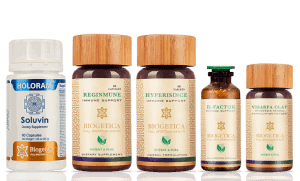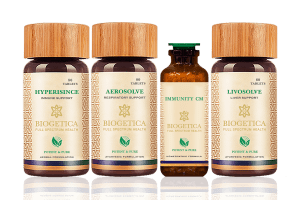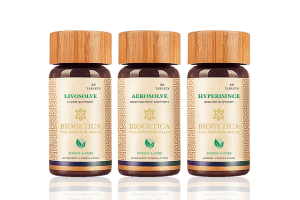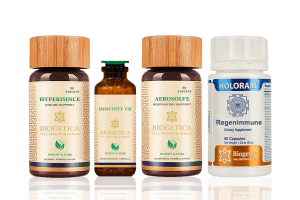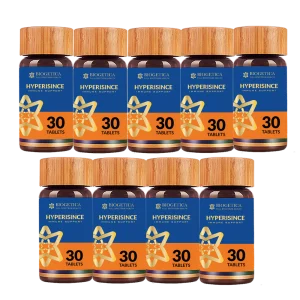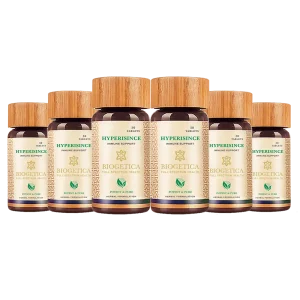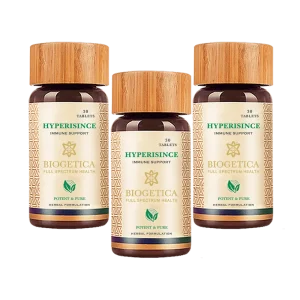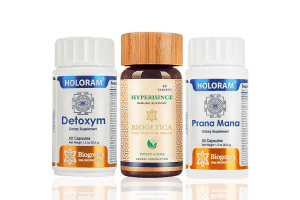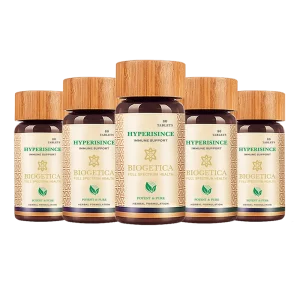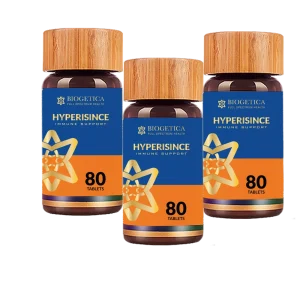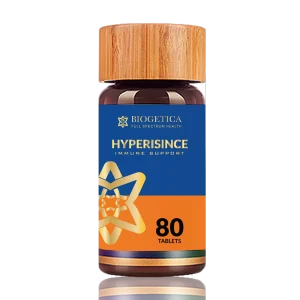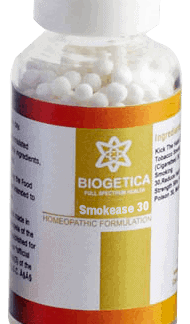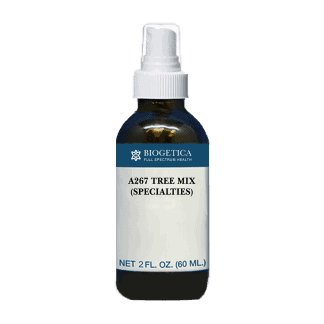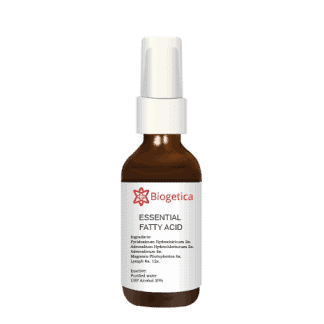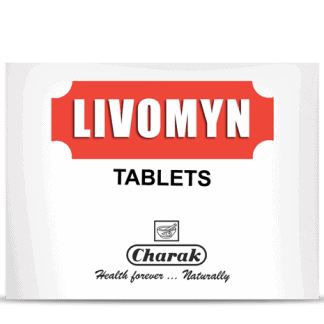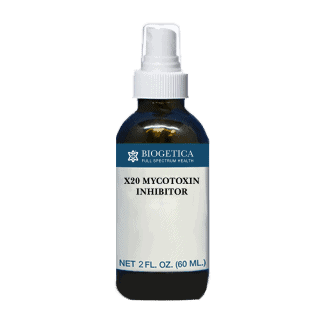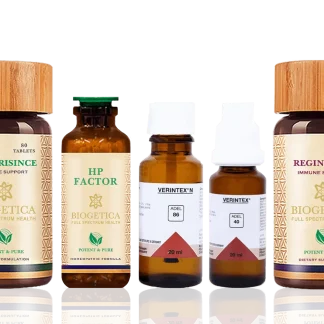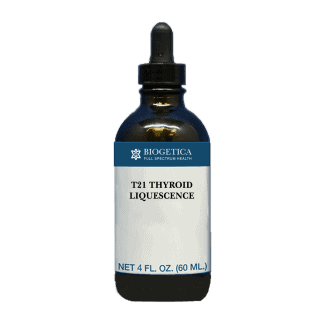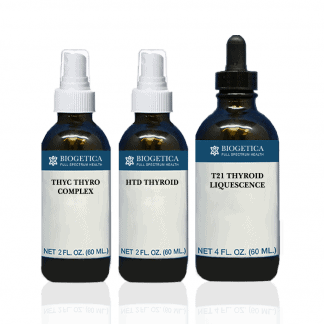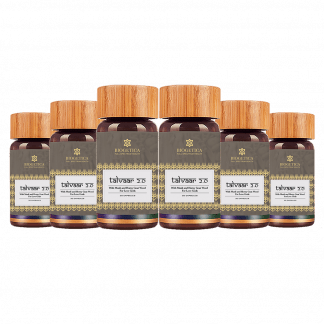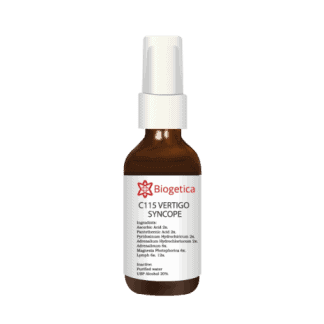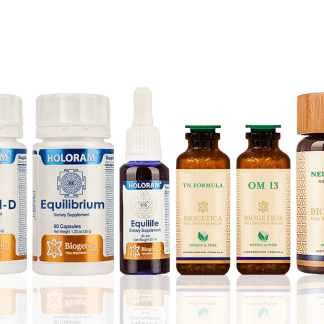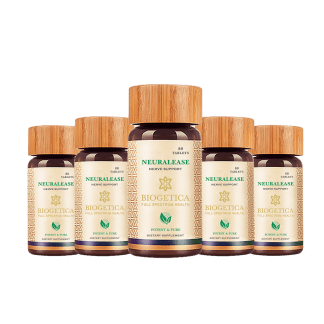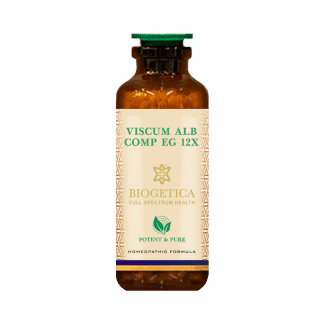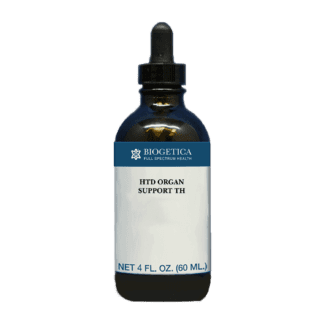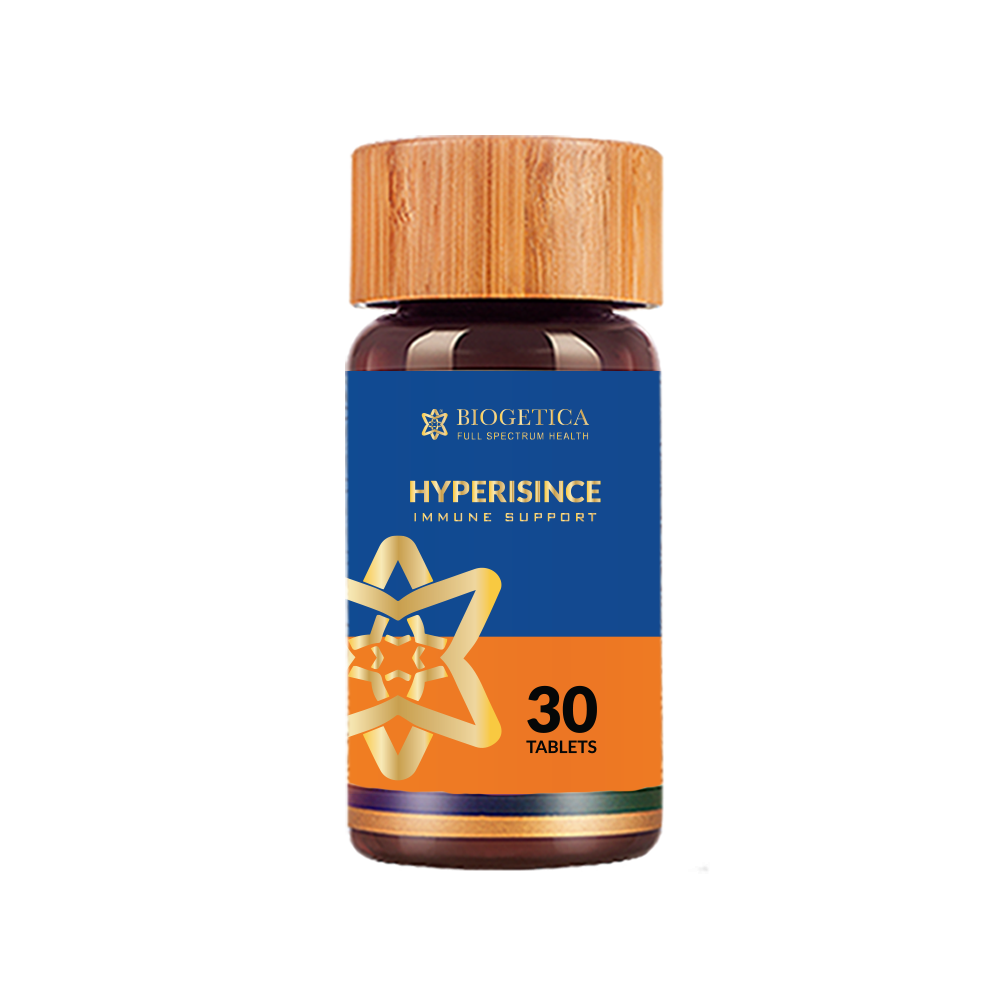
$ 24.00
 90 Day money back guarantee 100% NATURAL
90 Day money back guarantee 100% NATURAL
Hyperisince 30 Tablets
A combination of various herbs including the now famous Hypericum mysorense and Hypericum hookerianum. Hyperisince has patent number "808/MUM/2013" published for it. It is made in India as a Ayurvedic Herbal Supplement in a GMP WHO accredited facility.** ...Read More
$ 24.00
100% NATURAL
90 GARANTÍA DE DEVOLUCIN DE DINERO POR DÍA
Hiperisigencia
A combination of various herbs including the now famous Hypericum mysorense and Hypericum hookerianum. Hyperisince has patent number “808/MUM/2013” published for it. It is made in India as an Ayurvedic Herbal Supplement in a GMP WHO-accredited facility.**
Este suplemento de hierbas ayurvédicas contiene extractos de la rara hierba Hypericum Mysorense y otras hierbas.
- Ingredients are traditionally believed by Ayurveda to boost immune function within the body. **
- According to ancient Ayurveda, these herbs have been traditionally used to support the body’s natural nerve-calming processes. **
Basant (Hypericum mysorense)- 570 mg, Ashwagandha (Withania somnifera) roots- 38 mg, Bhumiamalaki (Phyllanthus niruri)- 38 mg, Chirabilva/Putikaranja (Holoptelia integrifolia) Bark – 28 mg, Khadira (Acacia Catechu) extracts of wood- 38 mg, Khus grass/ushir (Vetiveria zizanioides) – 28 mg, Lavanga (Syzygium aromaticum)- 38 mg, Haritaki (Terminalia chebula) Fruit – 38 mg, Nimba (Azadirachta indica Linn) Leaf extract- 38 mg, Yasthimadhu (Glycyrrhiza glabra) roots – 95 mg Liquorice root.
Research Studies on Ingredients of Hyperisince
- Basant (Hypericum mysorense) – 570 mg
- Features: Known to possess antiviral properties1.
- Benefits: May offer protection against certain viral infections.
- Ashwagandha (Withania somnifera) roots – 38 mg
- Features: Contains withanolides, known adaptogens2.
- Benefits: Supports immune function and offers stress-relieving properties, enhancing overall well-being.
- Bhumiamalaki (Phyllanthus niruri) – 38 mg
- Features: Exhibits antiviral and liver-protective properties3.
- Benefits: Supports liver health and may defend against certain viruses.
- Chirabilva/Putikaranja (Holoptelia integrifolia) Bark – 28 mg
- Features: Traditional medicinal herb with potential anti-inflammatory properties.
- Benefits: Could assist in reducing inflammation, thereby aiding immune responses.
- Khadira (Acacia Catechu) extracts of wood – 38 mg
- Features: Contains tannins with anti-inflammatory and antioxidant effects4.
- Benefits: May support the immune system by combatting inflammation and oxidative stress.
- Khus grass/ushir (Vetiveria zizanioides) – 28 mg
- Features: Offers antioxidant and cooling properties.
- Benefits: Supports the body’s defense against oxidative stress and provides a cooling effect.
- Lavanga (Syzygium aromaticum) – 38 mg
- Features: Clove, rich in eugenol, has antimicrobial properties5.
- Benefits: Supports immunity by potentially defending against microbial infections.
- Haritaki (Terminalia chebula) Fruit – 38 mg
- Features: Contains tannins and has antioxidant, and anti-inflammatory properties6.
- Benefits: Enhances immune function and protects against oxidative stress.
- Nimba (Azadirachta indica Linn) Leaf extract – 38 mg
- Features: Neem leaves have immunomodulatory, antifungal, and antibacterial properties7.
- Benefits: Strengthens immune defenses and may protect against certain pathogens.
- Yasthimadhu (Glycyrrhiza glabra) roots – 95 mg
- Features: Licorice root has glycyrrhizic acid, known for antiviral and anti-inflammatory properties8.
- Benefits: Bolsters immunity, can defend against viruses, and may reduce inflammation.
Reference
- Hypericum Mysorense: A phylogenetic perspective
- An Overview on Ashwagandha: A Rasayana (Rejuvenator) of Ayurveda
- Phyllanthus niruri: Pharmacological and therapeutic aspects
- Acacia catechu – A Comprehensive Review
- Antimicrobial activity of clove and rosemary essential oils alone and in combination
- Antioxidant and anti-inflammatory activities of Terminalia chebula
- Neem (Azadirachta indica): Prehistory, Mythology and Ayurveda
- Glycyrrhiza glabra (Licorice) and its Phytoconstituents
Related Products

